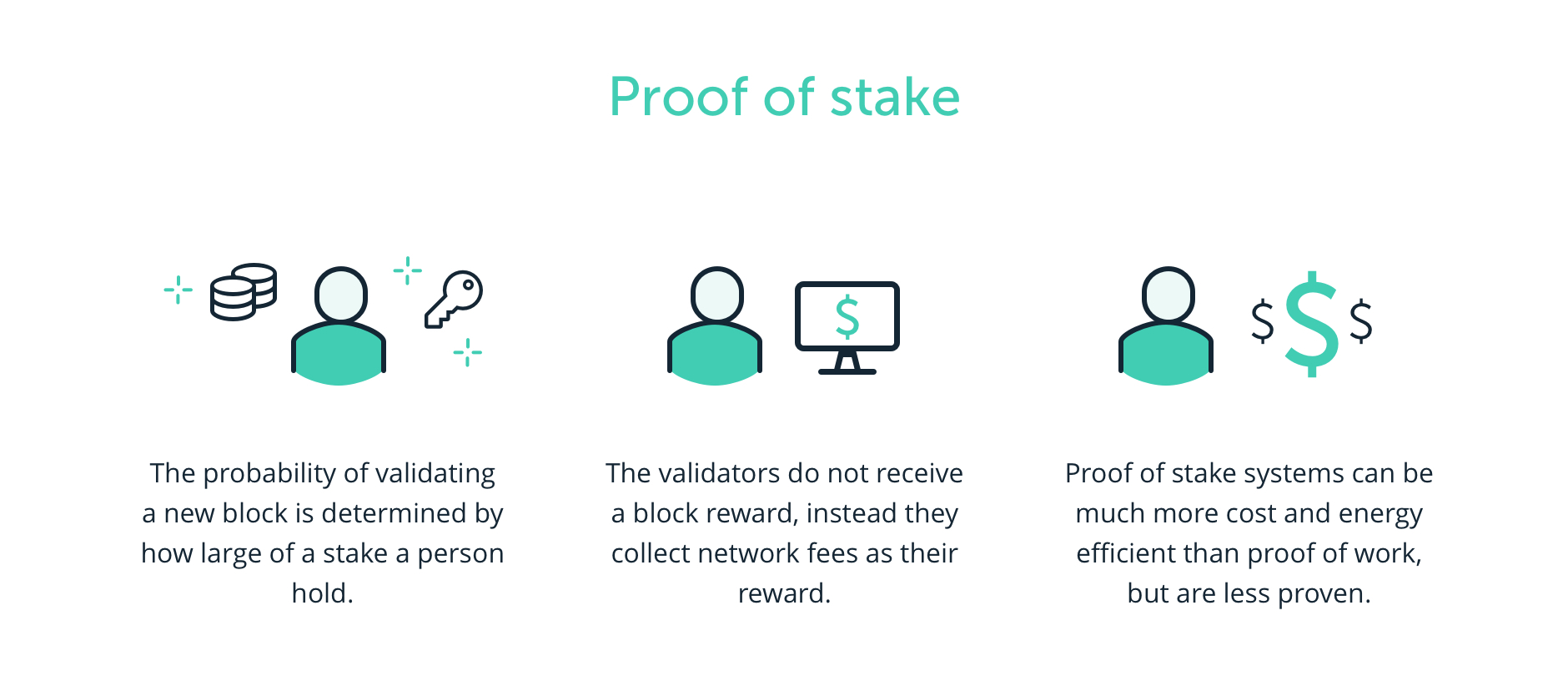There are 2 concepts without which Bitcoin would not have earned the accolades of being a brilliant protocol. These 2 together define the core technical aspects on which bitcoin is designed.
- B-money (b-money paper was referenced in the subsequent Bitcoin whitepaper)
- Hashcash
Today we will dig deeper into B-money and in another article we will talk about Hashcash.
What is B-money?
B-money protocol and currency was proposed by a computer engineer by the name of Wei Dai in the year 1998 (approximately 10 years before 2009 when Bitcoin network came into existence). Wei Dai was a computer engineer known for contributions to cryptography and cryptocurrencies. Other than the b-money protocol, he developed the Crypto++ cryptographic library, and co-proposed the VMAC message authentication algorithm.

In Wei Dai’s b-money paper, he touched on following concepts which were later used in bitcoin design:
The creation of money: Anyone can create money by broadcasting the solution to a previously unsolved computational problem.
Sounds familiar! Yes, this is similar to proof of work in Bitcoin where miners are rewarded for their effort.
The transfer of money: If Alice (owner of pseudonym KA) wishes to transfer X units of money to Bob (owner of pseudonym KB), she broadcasts the message “I give X units of money to KB” signed by KA. Upon the broadcast of this message, everyone debits KA’s account by X units and credits KB’s account by X units, unless this would create a negative balance in KA’s account in which case the message is ignored.
Again this is similar to Bitcoin where a copy of the shared ledger is kept up-to-date by all the miners across the network.
The number of monetary units created is equal to the cost of the computing effort in terms of a standard basket of commodities. For example if a problem takes 100 hours to solve on the computer that solves it most economically, and it takes 3 standard baskets to purchase 100 hours of computing time on that computer on the open market, then upon the broadcast of the solution to that problem everyone credits the broadcaster’s account by 3 units.
This is similar to the Bitcoin reward for the mining effort.
Upon the broadcast of the contract and all signatures, every participant debits the account of each party by the amount of his maximum reparation and credits a special account identified by a secure hash of the contract by the sum the maximum reparations.
This is same as collective bookkeeping in Bitcoin miner network and signing, authenticating the transactions with digital signatures.
Wei Dai actually came up with the idea of proof of stake as well.
Proof of stake is used in other smart contract networks such as Ethereum, Tezos. In Proof of Stake instead of miners there are validators and these validators lock up some of the related currency e.g. ether in case of Ethereum, as a stake in the ecosystem. A validator is penalized for malicious behavior and is rewarded for good behavior in the network.
Here is another excerpt from Wei Dai’s b-money paper where he talks about second protocol (proof of stake):
Since the servers must be trusted to a degree, some mechanism is needed to keep them honest. Each server is required to deposit a certain amount of money in a special account to be used as potential fines or rewards for proof of misconduct. Also, each server must periodically publish and commit to its current money creation and money ownership databases. Each participant should verify that his own account balances are correct and that the sum of the account balances is not greater than the total amount of money created. This prevents the servers, even in total collusion, from permanently and costlessly expanding the money supply. New servers can also use the published databases to synchronize with existing servers.
This clearly is similar to the proof of stake protocol.
No wonder there are talks of Wei Dai being Satoshi Nakamoto or part of the group called Satoshi Nakamoto along with Hal Finney, Adam Black and Nick Szabo.
As per Wikipedia:
“Wei Dai and Adam Back were the first two people contacted by Satoshi Nakamoto as he was developing Bitcoin in 2008 and the b-money paper was referenced in the subsequent Bitcoin whitepaper.”
Dai has stated in recent years that “my understanding is that the creator of bitcoin … didn’t even read my article before reinventing the idea himself. He learned about it afterward and credited me in his paper. So my connection with the project is quite limited.”
Unfortunately b-money never got off the ground past the whitepaper and was never implemented for use in real world.
Link to b-money’s paper:
